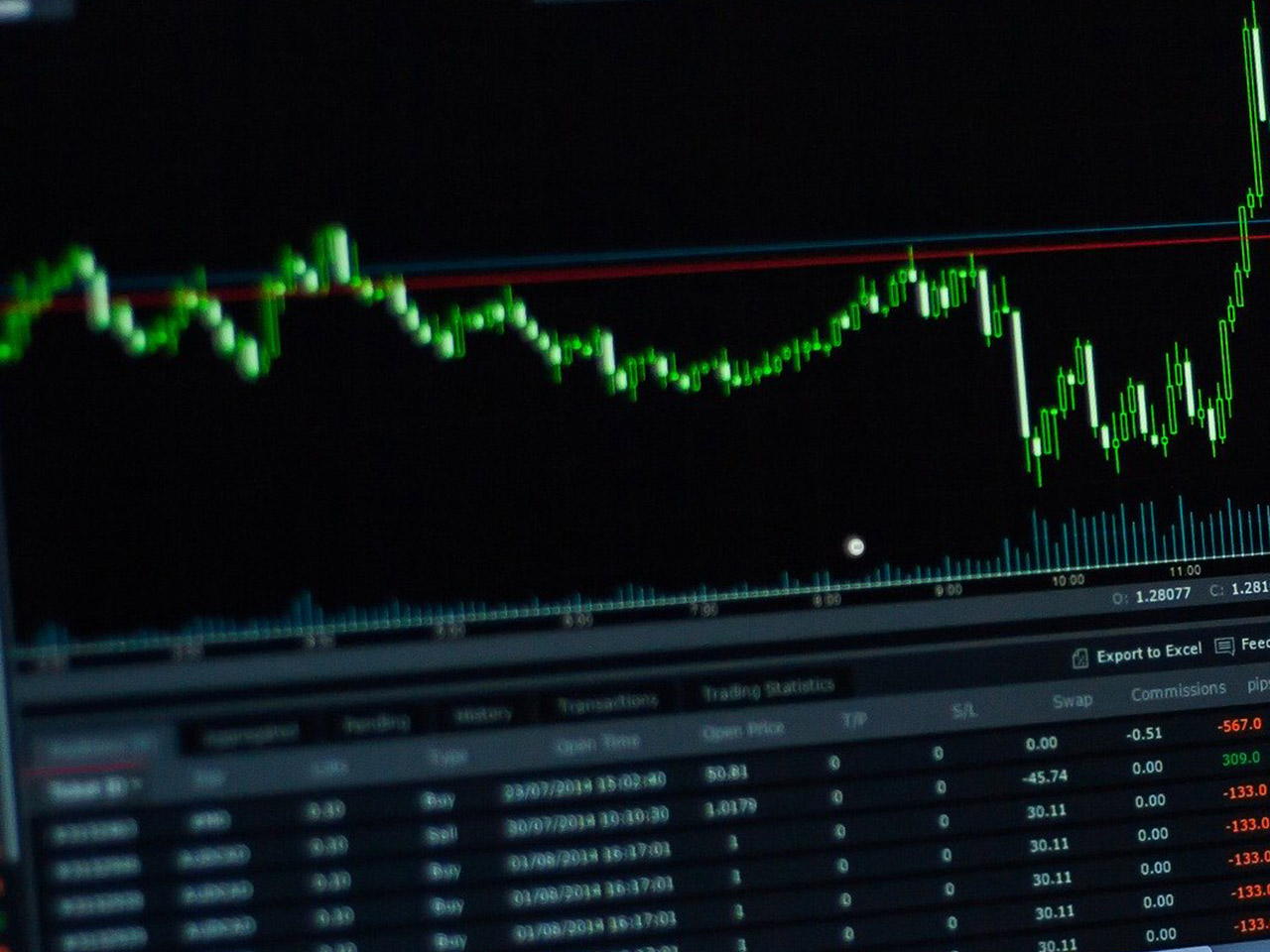Amazon.com, Inc. (NASDAQ: AMZN) continues to be a titan in the realm of consumer cyclical stocks, capturing the interest of investors worldwide. With a market capitalization of $2.04 trillion, Amazon remains a dominant force in the internet retail industry, not only in the United States but globally. As the company navigates through various economic climates, individual investors are keen to understand the investment potential of Amazon stock, currently priced at $192.72.
Despite a slight dip of 0.04% in its recent trading session, Amazon’s stock has shown resilience within its 52-week range of $161.02 to $242.06. Analyst sentiment is overwhelmingly positive, with 66 buy ratings and no sell ratings, signaling strong confidence in Amazon’s future performance. The average target price of $265.24 suggests a potential upside of 37.63%, a figure that is particularly enticing for growth-oriented investors.
However, the valuation metrics present a mixed picture. With the trailing P/E ratio and PEG ratio unavailable, some investors might find it challenging to gauge the stock’s current valuation through traditional metrics. Nonetheless, the forward P/E ratio of 25.40 offers some insight into its valuation relative to expected earnings. Amazon’s remarkable revenue growth of 10.50% and an impressive return on equity of 24.29% further indicate that the company is leveraging its resources effectively to generate shareholder value.
From a technical perspective, Amazon’s stock shows some cautionary signals. The 50-day moving average stands at 216.70, while the 200-day moving average is slightly lower at 200.20, indicating that the stock is currently trading below these key levels. The Relative Strength Index (RSI) of 38.63 suggests that the stock is nearing oversold conditions, which could present a buying opportunity for investors looking to enter at a lower point. Furthermore, the MACD and its signal line indicate a bearish trend, which investors should monitor closely in the near term.
Amazon’s business model, which spans online retail, physical stores, and a robust cloud services segment through Amazon Web Services (AWS), provides a diversified revenue stream. This diversification is critical in mitigating risks associated with any single sector downturn. AWS, in particular, has been a strong growth driver, offering services like compute, storage, and machine learning, which are increasingly in demand across industries.
One area where Amazon stands out is its free cash flow, a staggering $44.6 billion, which underscores its financial flexibility and capacity to reinvest in growth initiatives or manage economic downturns effectively. Despite its substantial cash flow, Amazon does not currently offer a dividend, maintaining a payout ratio of 0.00%. This decision aligns with its reinvestment strategy to fuel innovation and expansion, a hallmark of Amazon’s operational ethos.
For investors, the key takeaway is Amazon’s ability to adapt and thrive in a competitive landscape while offering a significant potential upside. As the company continues to innovate and expand its product and service offerings, it remains a compelling option for those seeking long-term growth in their investment portfolios. With the current analyst ratings and target price projections, investors may find Amazon to be a worthy addition, especially if they believe in its continued trajectory in revolutionizing the retail and cloud computing industries.
The information in this article should not be taken as advice. Readers should conduct their own due diligence and seek independent financial advice before making any investment decisions.







































